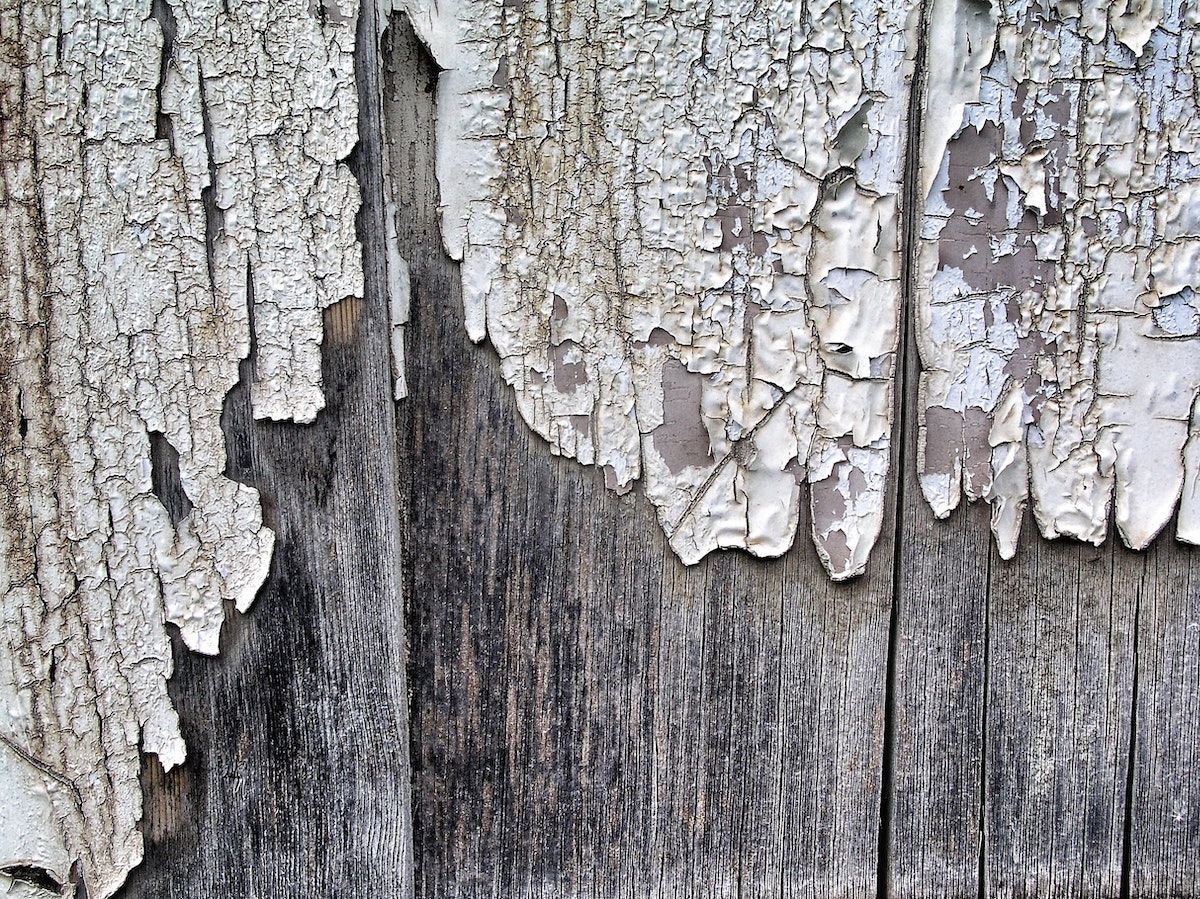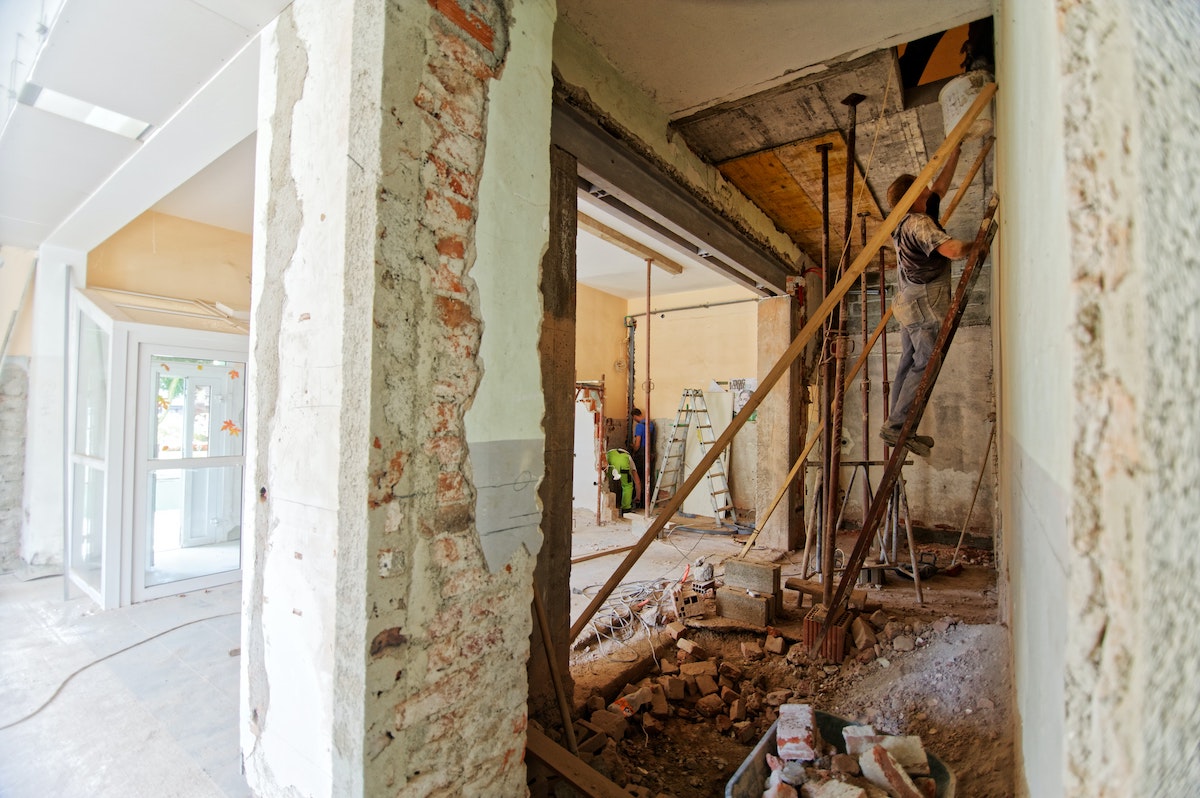9 Things to be Aware of with an Older Missouri Home
For a lot of people, a brand-new home is appealing. But there are others who seek out older homes. In addition to charm and character rarely found in a new build, old houses often feature solid construction and expert craftsmanship. They are often found in established neighborhoods with bigger lots and more mature trees.
While there is a lot to love when it comes to older houses, they can also come with their own set of problems typically not found in newer construction. Looking for older homes in Missouri means making sure inspections are thorough and knowing what questions to ask.
Inconvenience or Deal-Breaker? Things to Consider about an Older House
Buyers of any type of house need to be aware of what they are getting into. With old homes, buyers need to be even more in tune with what it will cost, not only in dollars but in comfort and convenience.
Some traits in old houses add to their charm, while others have the potential to be costly or even dangerous. What can be easily adjusted and updated, and what will turn that beautiful bungalow or mid-century modern gem into a money pit? Knowing the difference is key. We’ve gathered the following list of things to watch for and ask about when considering an older home in Missouri.
1. Not Everything Improves with Age
Regardless of how well kept an older home is, there is no getting around the fact that certain things will need to be fixed or replaced. Decades of normal wear-and-tear are simply going to wear things out. For this reason, even if the house is in very good shape, anyone considering an older home is wise to think of it as a fixer-upper. Paint, flooring, countertops, even doorknobs, will probably need a refresh. Depending on when they were last replaced, HVAC systems, water heaters, and other appliances might be ready for an update. The age of some components of a home might be what drew a buyer to the house in the first place. But they need to decide what old features they can live with—and if they can afford to fix the rest.
2. Foundations are Fundamental
Because basements are common in older homes in Missouri, especially in the St. Louis area, special attention should be paid to the foundation. Checking for foundation cracks, seepage, and leaks is essential. Old houses are bound to have some minor issues due to settling that are not much of a concern. But damaged support footings, large foundation cracks, or shifting are another story. Repairing the foundation or sill plate will add to the cost of the house considerably.
3. Midwest Weather Woes
Missouri is subject to the drastic ups and downs of Midwest weather. Winter ice and snow and summer heat cause building materials to contract and expand. Over the decades, wood will warp and concrete will crack. Hard spring rains and localized flooding can result in leaky basements, mold, and erosion. Energy loss through old windows and poorly insulated attics can make heating and cooling expensive. And speaking of windows: Odd shapes and sizes or stained glass and leaded panes will be expensive to replace.
Interested buyers will want to ask about power bills and assess how the home will fare throughout seasonal changes. Be sure to build any weather-proofing and energy-saving changes into the budget.
4. Overloading an Old Electrical System
Houses built in the 1950s or before may have an outdated electrical wiring system called knob and tube (or K&T) wiring. It uses a series of porcelain knobs connected by fabric-covered wire. While most homes have probably been updated over the years, a buyer could come across a house that still has it.
K&T can pose a fire hazard. Not only is safety a consideration for a new owner, but they may also have trouble finding an insurance company willing to cover the home.
Even if K&T has been removed, the electrical system in an older home could be obsolete for today’s plugged-in lifestyle. Consider how many appliances and electronic devices we use today, compared to just 25 or 30 years ago. New wiring, including grounded outlets, might need replacing throughout the home in order to handle the power needs of modern-day appliances, large TVs, computers, and everything else a family relies on.
5. Are Dangers Lurking?
Some building materials that were once commonplace have fallen out of favor. For example, builders now use sheets of drywall where once they would have applied wet plaster to strips of wood called lathes. New methods are easier and more efficient, and in some cases safer.
Asbestos pipes, insulation, and floor tiles once were widely used because asbestos is fire resistant. Unfortunately, it was also discovered to cause a specific lung cancer called mesothelioma. Lead in paint and pipes was common but now is tied to several serious health issues.
An inspection can reveal asbestos, lead, or any other dangerous materials in an old home. Abatement, removal, and replacement can be costly but are necessary for a safe and healthy home.
6. Tree Trouble, Termites, and Other Exterior Concerns
A lovely tree-lined street could be part of the appeal of an older home. But trees can cause some headaches too, as can other things outside of the house. Trees that have grown too large can pose dangers to eaves, fences, and power lines, should they come down during a storm. Deep roots can crack sidewalks and steps. They can break pipes and wreak havoc with the foundation.
Old wood and years of dampness and water damage can create a breeding ground for termites and other insects. A routine inspection will uncover termites, but the possibility of having to deal with these bugs is greater in an older home.
Roof issues can be present in a house of any age, but old homes are more likely to use materials that contribute to the unique look of the home. Wood shingles, rustic “shakes,” slate, or terra-cotta clay tiles may be difficult to repair and expensive to replace.
St. Louis homes are also known for their brickwork. Tuckpointing, a process where old mortar between the bricks is removed and replaced, should be done every 10 to 15 years.
7. DIY Disasters
Believe it or not, an old home that has never been updated is often less problematic than one that has been “improved” by amateurs over the years. Poor craftsmanship from do-it-yourselfers or underqualified workers can actually ruin some of a home’s original beauty. Look for layers of flooring, wallpaper, and paint, as well as sealed-off doors, windows, or fireplaces. If decades of fixes and remodels are ugly, confusing (what does that mystery lightswitch turn on?), or not up to code, the bills to set things right could add up.
8. Modern Stuff in Old-Fashioned Spaces
One thing about older homes that is sometimes overlooked is how much the size of living spaces have changed. Unless it is a historic luxury home, rooms and doorways might be considerably smaller than in new construction. This might not be noticed until a new owner tries to move in that big-screen TV or sectional sofa. Be sure to measure everything, especially spaces for appliances. A typical refrigerator, for example, is much larger than one from the 1950s. If there is a dedicated cubby for it, finding a unit to fit could be an issue.
9. Embracing Historic Status
Finally: Buying an older house, especially if it is in a neighborhood of similar homes, sometimes means adhering to rules of a neighborhood association or historical society. These could rule out some changes that a new owner might wish to make. For example, adding square footage might be prohibited. Or windows and roofing might need to be replaced with materials that look like the originals. It is definitely important to find out the guidelines before making an offer.
Find a Realtor Familiar with Older Homes in Missouri
Real estate agents who help clients buy and sell older houses know what to look for and the questions to ask. They understand and appreciate the special nature of these historic properties and can match families with the older homes that suit them. Contact Berkshire Hathaway HomeServices Select Properties. Their agents can help you find the perfect new old house!
Share This Post
| Previous Post | Next Post |




